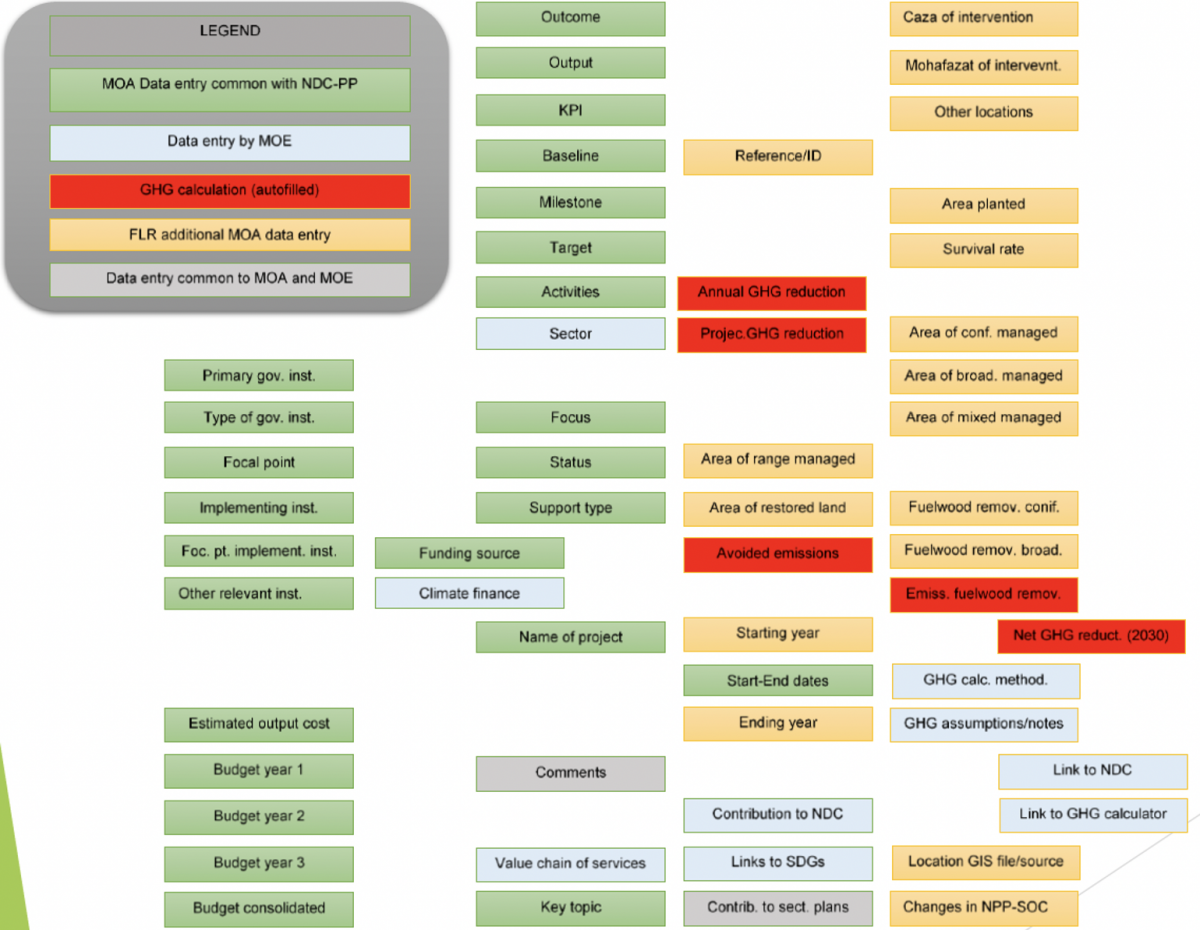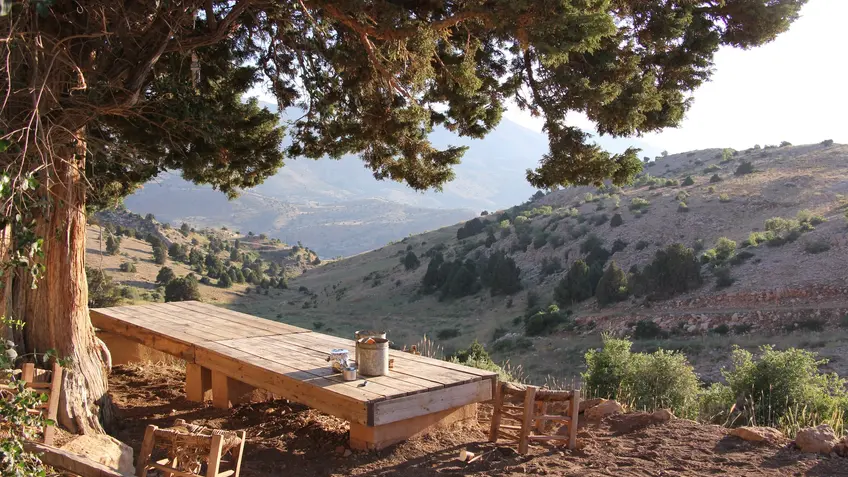Lebanon Builds on Forestry Sector Synergies
Where it Started
Less than two years since joining the NDC Partnership—a global coalition of countries and institutions collaborating to drive transformational climate action through sustainable development, Lebanese institutions are fully activated, busy identifying and prioritizing national climate needs. This whole-of-government response to NDC planning is guided by sectoral Partnership Plans. The sectoral plans identify national climate priorities and will connect them to support from development partners. These nationally relevant, complementary yet tailored information packages and plans support effective ministerial collaboration. National climate planning is now more detailed, accurate, and responsive to needs.
The Forestry sector projects, for example, benefited from a thorough analysis. Several identified activities and technical assistance plans were linked to the National Programme for Reforestation (i.e., 40 million tree program), the Strategy of the Ministry of Agriculture (2015-2019), and the needs and provisions of Lebanon's National Forest Program (i.e., NFP 2015-2025). The Forestry Partnership Plan reflects enabling activities stemming from government-approved priorities. The Ministry of Agriculture’s and Food and Agriculture Organization of the United Nations (FAO)’s involvement was critical to the Forestry Partnership Plan development, which complements government plans and needs.
The FAO, supported by the International Climate Initiative (IKI), started "The Paris Agreement in Action: Upscaling Forest and Landscape Restoration (FLR) to achieve Nationally Determined Contributions” in Lebanon. Lebanon also received direct technical support from the IKI Technical Assistance Facility to better link FLR programs to its NDC. They developed a simplified tool to track the potential carbon capture of the most common restoration and land management practices for sustainable tracking and reporting of activities. The comprehensive Forestry NDC Partnership Plan was the main skeleton for the tool’s design.
Scaling up
The carbon capture tracking tool and Forestry Partnership Plan’s underlying structures are complementary. Information classification within the Partnership Plan allows for detailed and comprehensive overview of sector performance and needs. It includes information requirements pertaining to baseline, key performance indicators, targets, implementing entity, funding source, and more. The tool successfully built upon the Partnership Plan’s structure to accommodate detailed information on FLR activities like ‘area of rangeland managed,’ ‘area of restored land,’ and ‘avoided emissions,’ among others (refer to figure below). The Partnership Plan’s basis and logic, which allow for flexibility and useful consolidation of information, make this necessary process possible.
The tool is expected to help the Ministry of Agriculture build a database of FLR projects and programs, monitor and track progress and achievements in FLR, report progress in the 40 million trees program, report on Land Degradation Neutrality (LDN) targets, and track the contribution of the forestry sector to NDC targets, among others.
Momentum and Timing

A determining aspect of the synergies between the carbon capture tracking tool and the Forestry Partnership Plan is the timing of activities coinciding with the development of the new 2020-2025 Ministry of Agriculture Strategy. Coordination between climate change projects at the Ministry of Environment and Ministry of Agriculture made sure that the Forestry Partnership Plan and the Strategy were complementary and harmonious. While the tool was in development, partners were already sensitized on the different related activities. The synchronization of these different events contributed to the comprehensiveness of all components, avoided duplication of efforts, and set a standard for harmonization of different projects.
Reaping What Was Sowed
The overlap in experts and stakeholders involved in these projects also contributed to success. The expert who developed the Forestry Partnership Plan also developed the required tool, and the stakeholders in the FLR project were also involved in the Agriculture Strategy and the Forest Partnership Plan. This is due to constant and lasting coordination between the climate change projects at the Ministry of Environment, the Ministry of Agriculture, FAO, and the University of Balamand. Collaboration and capacity-building activities between these parties had already taken place in several climate-related projects, including GHG inventory and reporting and mitigation and adaptation activities. Pre-establishing these synergies played a major role in the tool’s development and buy-in and in the Forestry Partnership Plan.
“We are happy to see yet another success story in how collaborating between institutions can generate an integrated tool that can be of use for everyone to monitor and track progress.” – Dr. Chadi Mohanna, Director of Rural Development and Natural Resources, Ministry of Agriculture, Lebanon
Direct and Indirect Benefits
The Forestry Partnership Plan allows better organization of key information, including projects being implemented, support needed to implement the different ministerial strategies, and the NDC. The level of disaggregated data contributes to reporting mitigation and adaptation actions and understanding their impact on the sector. Using the tool based on the Forestry Partnership Plan, the Ministries of Environment and Agriculture, as well as FAO, will be in constant coordination to populate and keep track of FLR activities.
Thus, the Partnership Plan provided an unforeseen benefit: it became a steppingstone for a long-awaited monitoring and tracking tool for all of Lebanon’s agricultural and forestry activities.
This blog was written by Lea Kai, UNDP-Ministry of Environment Climate Change Project Manager, and Mary Awad Menassa, UNDP-Ministry of Environment Climate Change Project Officer.
